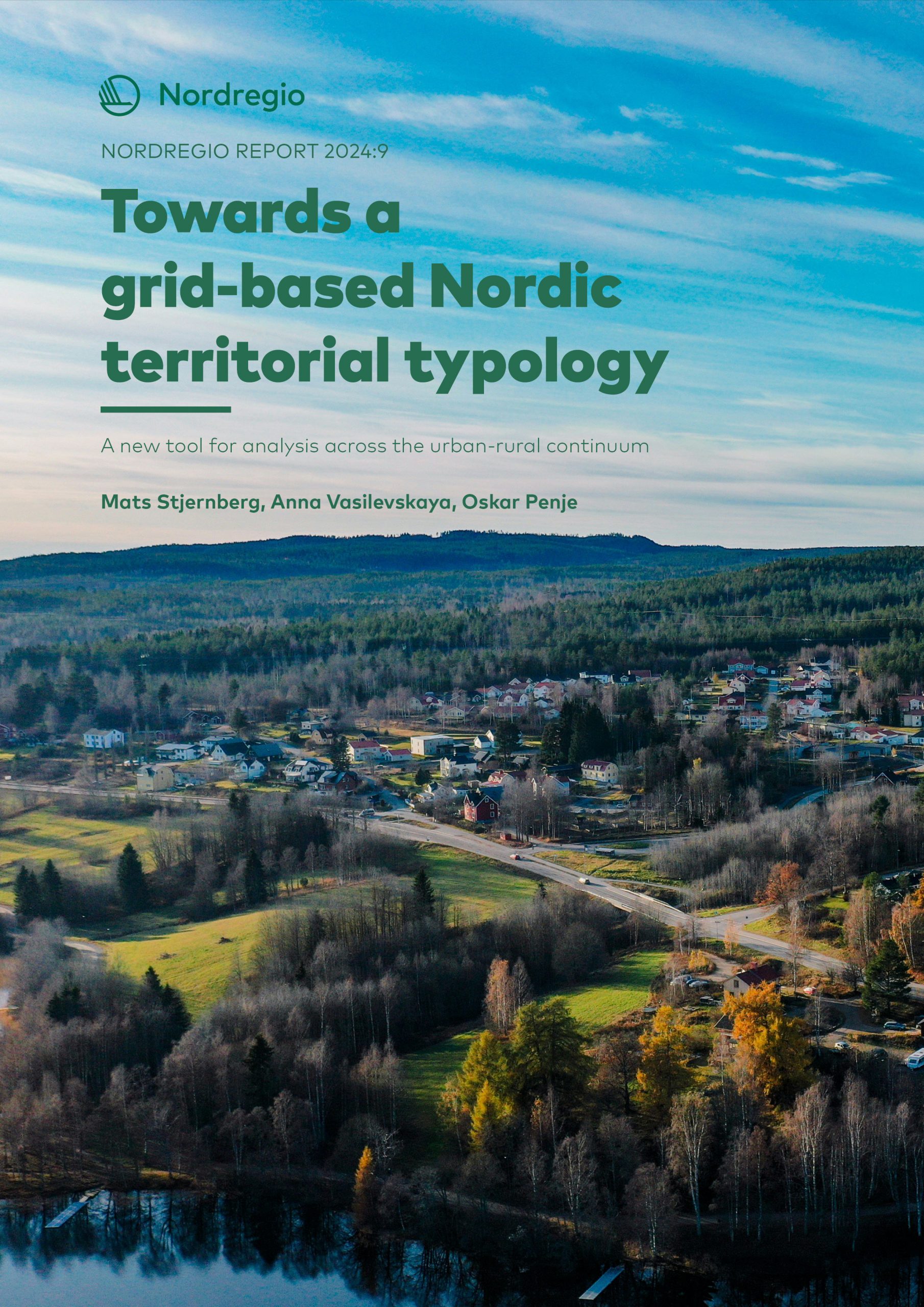This report presents the grid-based Nordic urban–rural typology, a tool for studying spatial phenomena across Nordic territories. Through seven different typology classes based on different degrees of urbanity and rurality, the typology helps to provide a more nuanced and fine-grained understanding of territorial differences across the Nordic countries.
The report show that the Nordic countries are predominantly rural when considering how their land areas are classified. However, settlement is unevenly distributed in all Nordic countries, with the majority of people living in urban areas. The analysis shows that urbanisation has been a general trend the past couple of decades, with peri-urban areas growing too. Rural areas have faced depopulation in general, apart from rural areas in the vicinity of cities, which have become more attractive.
The Nordic urban-rural typology and more fine-grained data can help reveal territorial differences that cannot be observed with more general statistics and data. This grid-based typology shows that many municipalities are at the same time both urban, intermediate, and rural, and in many cases these different categories seem to be undergoing quite different types of development.








